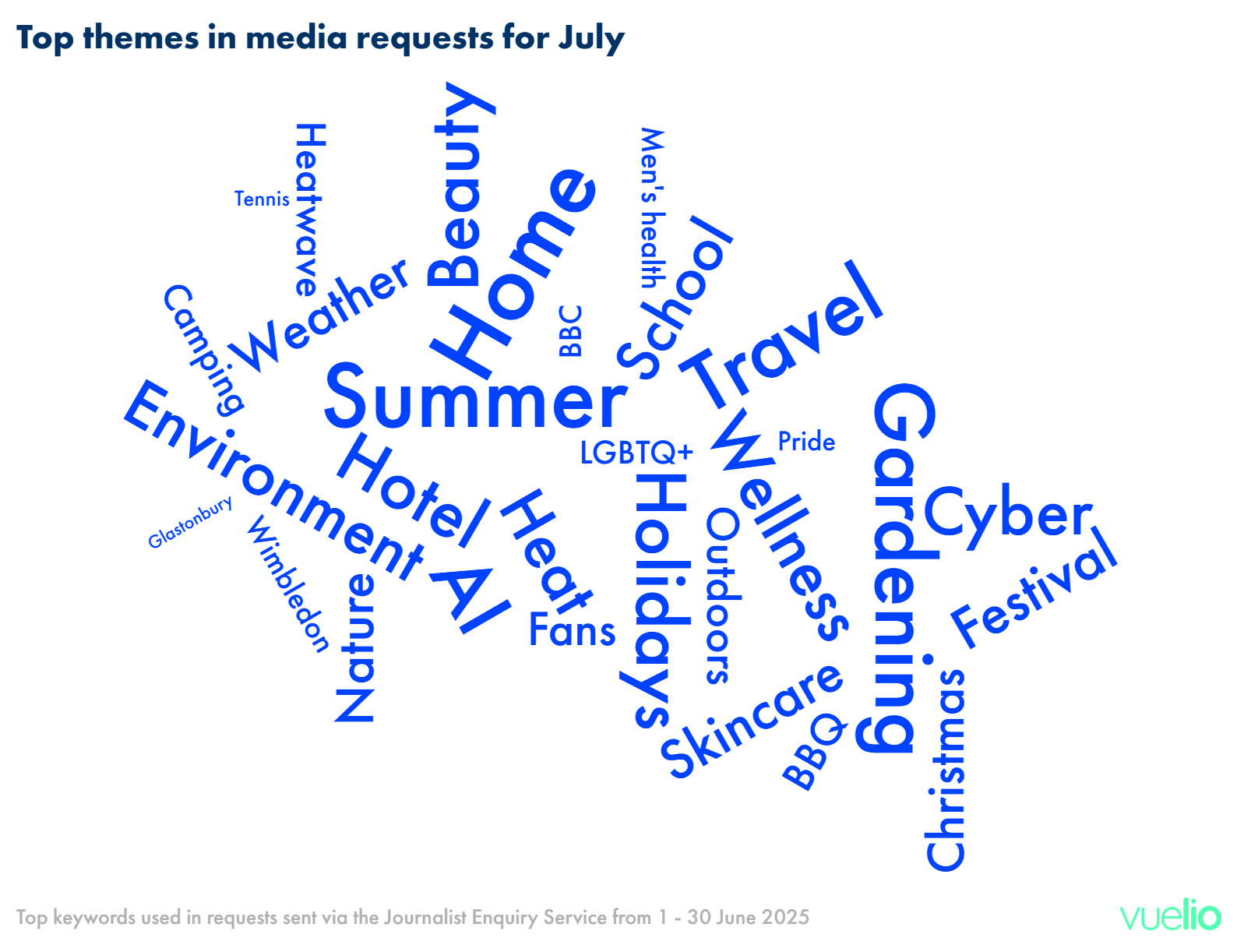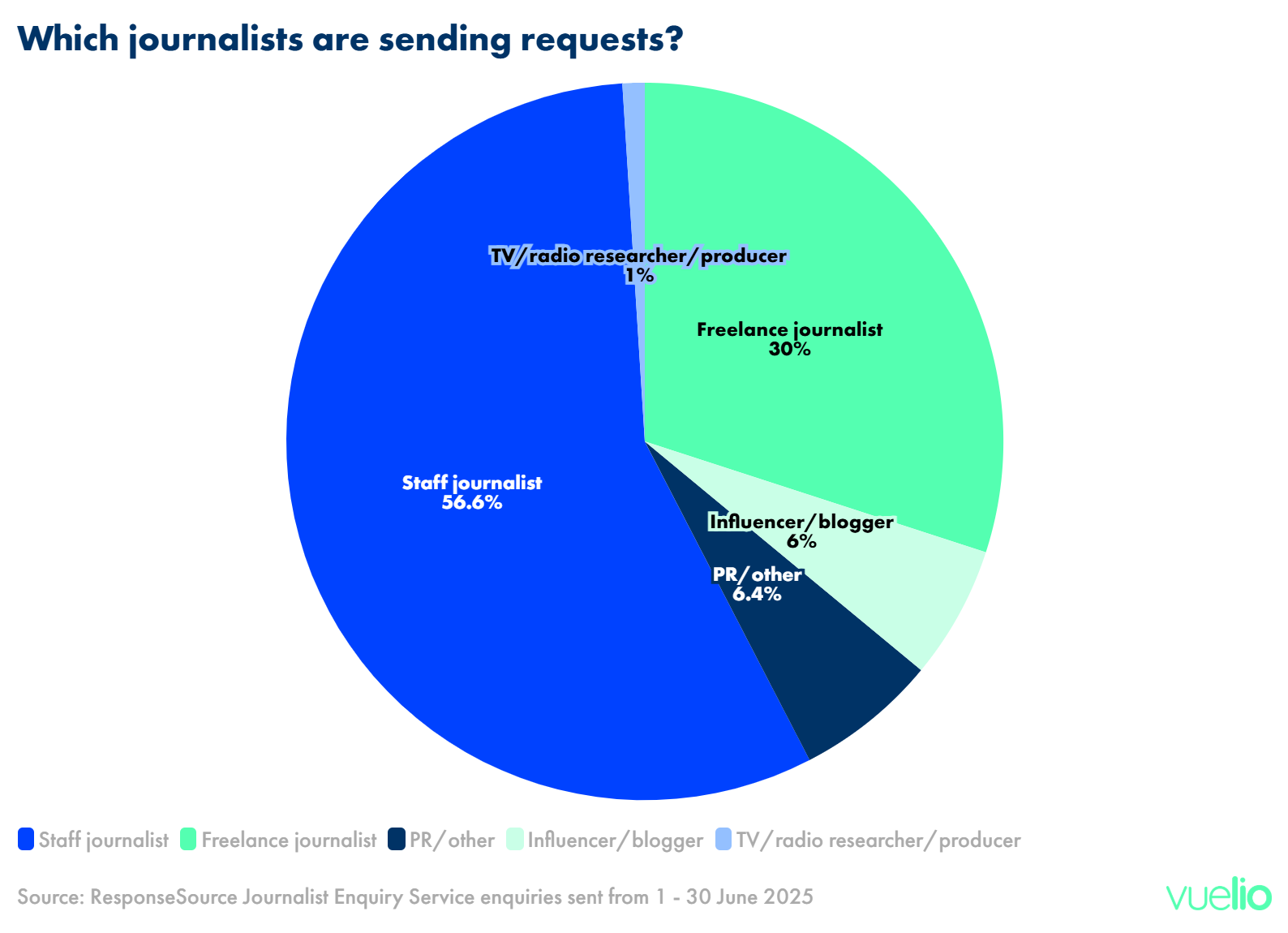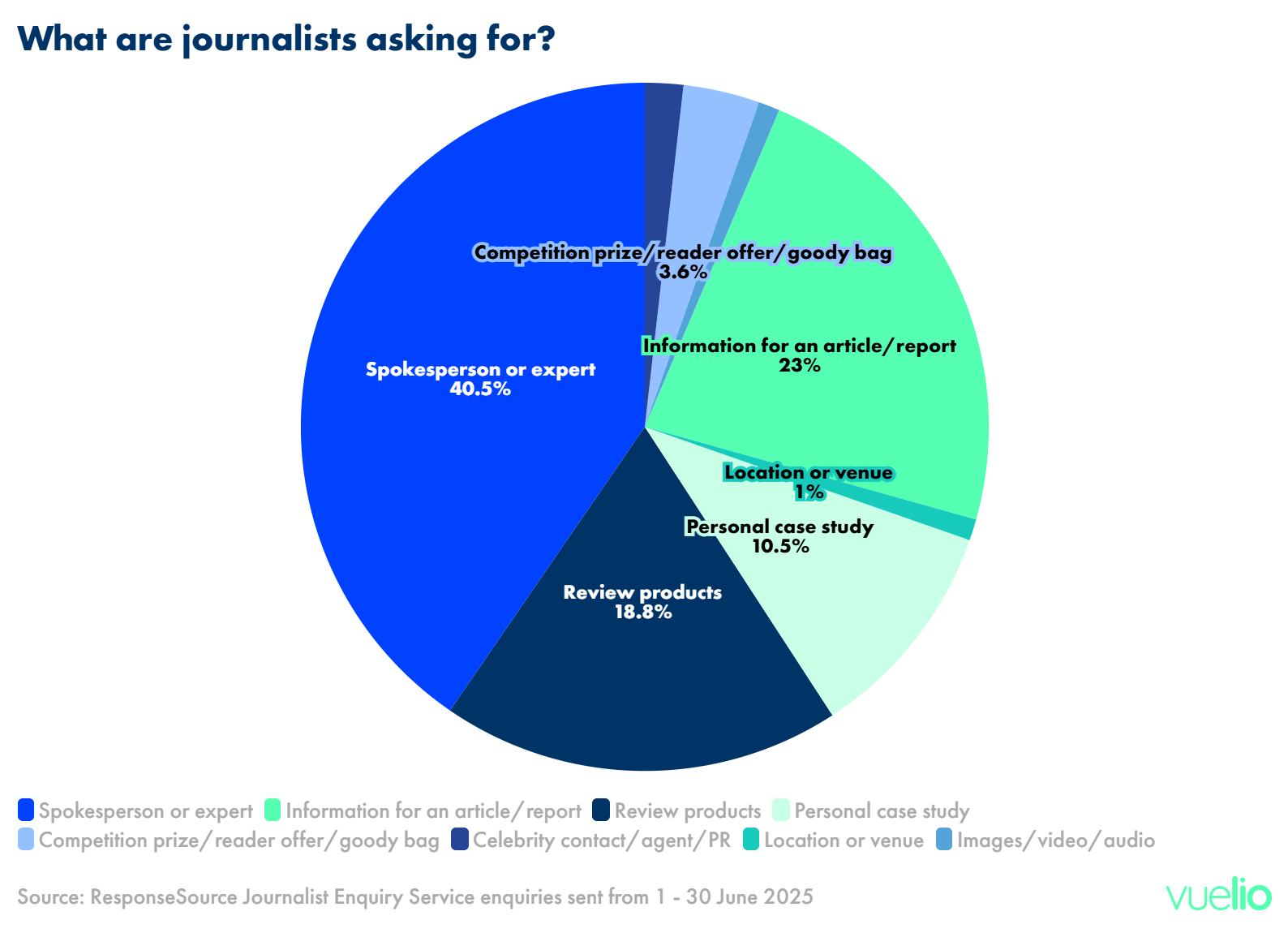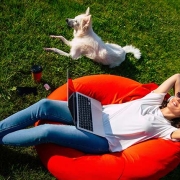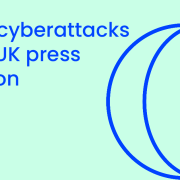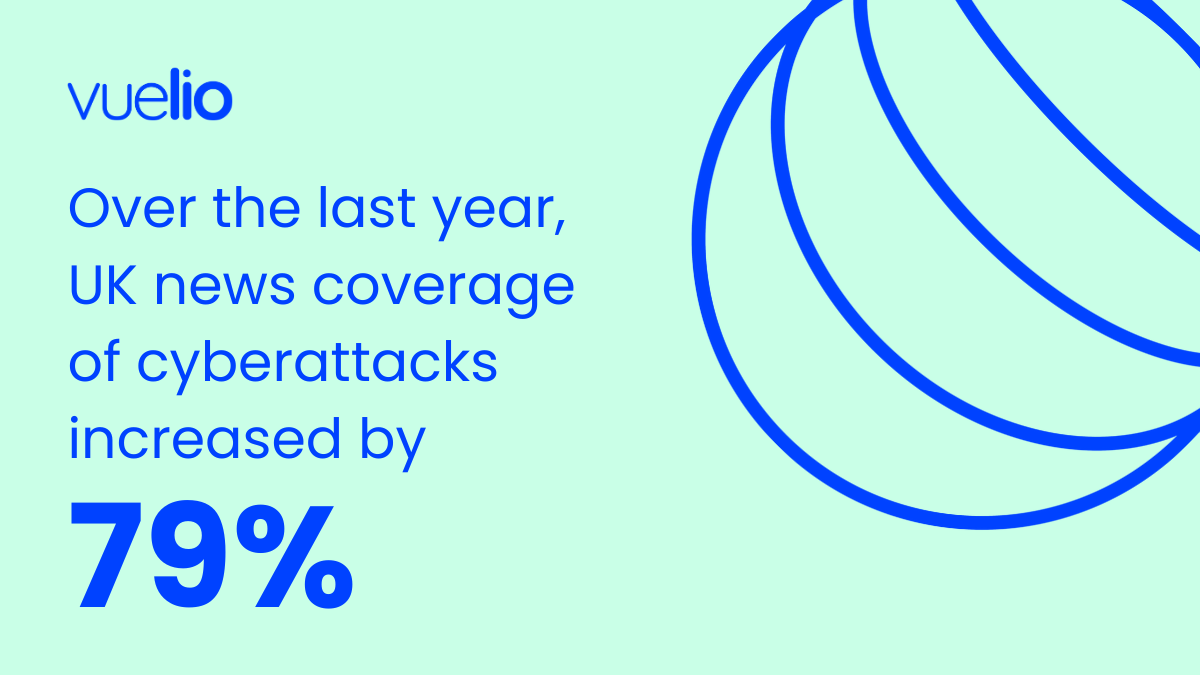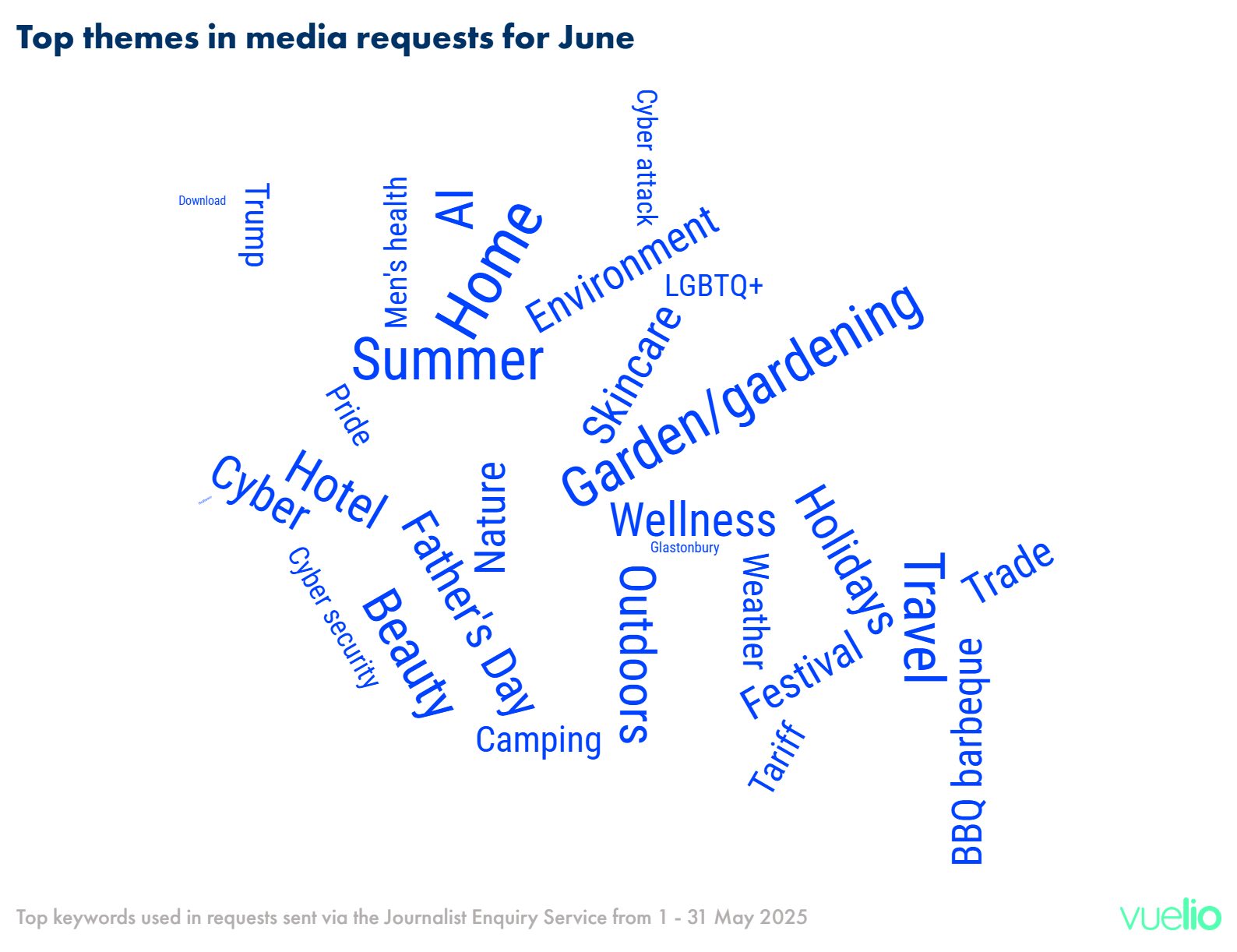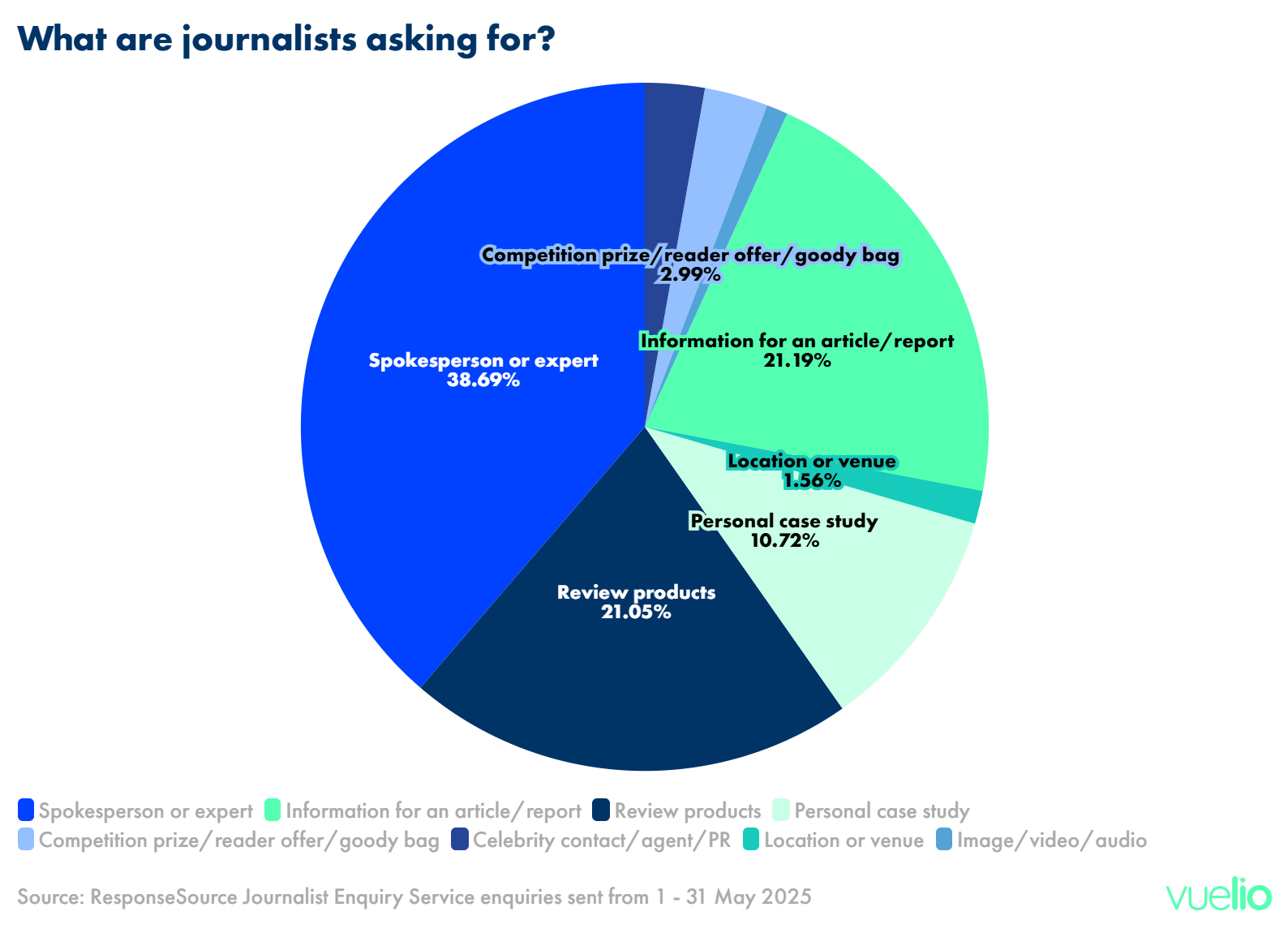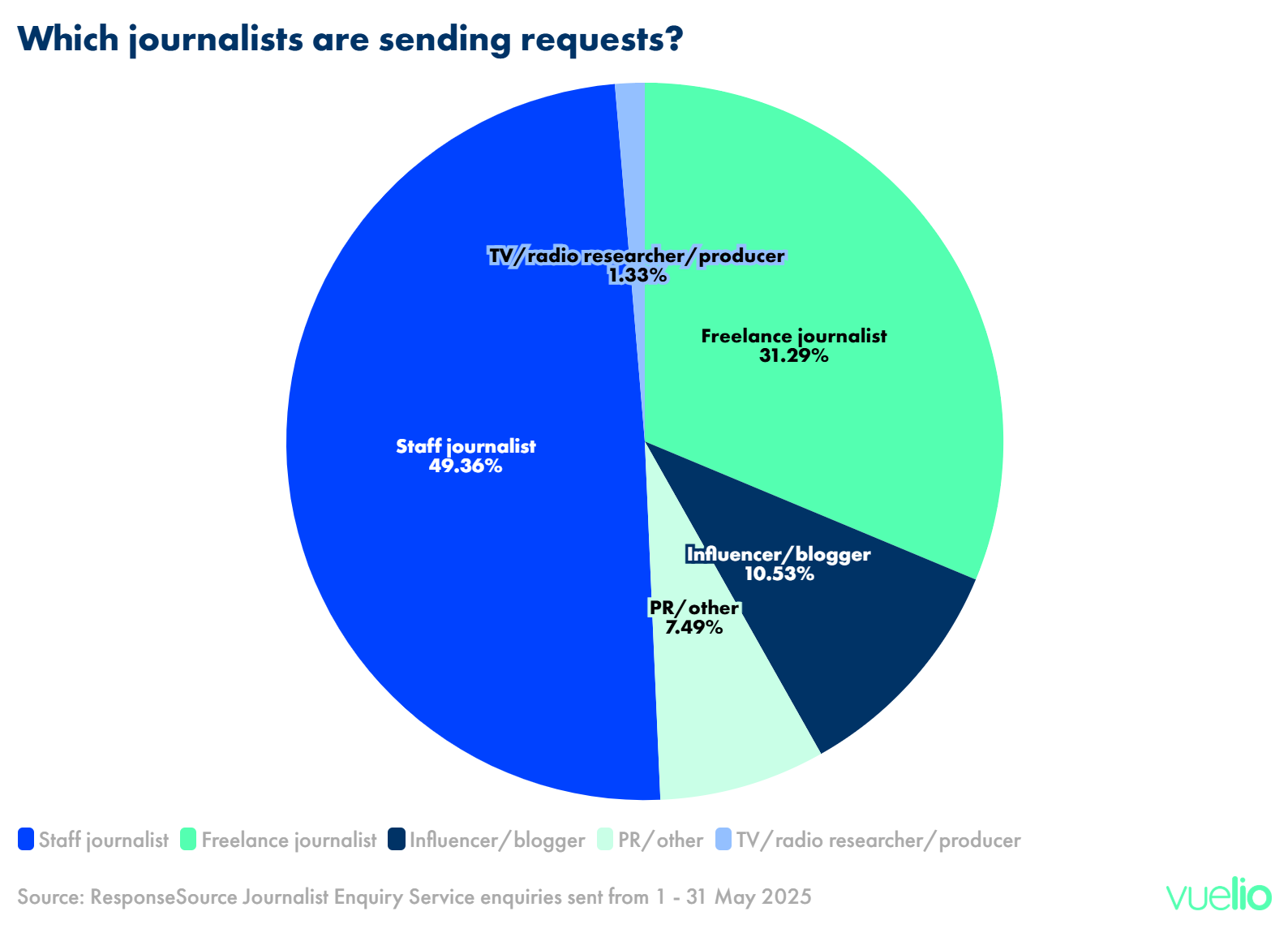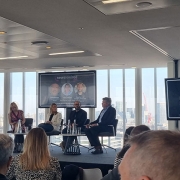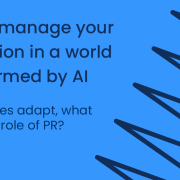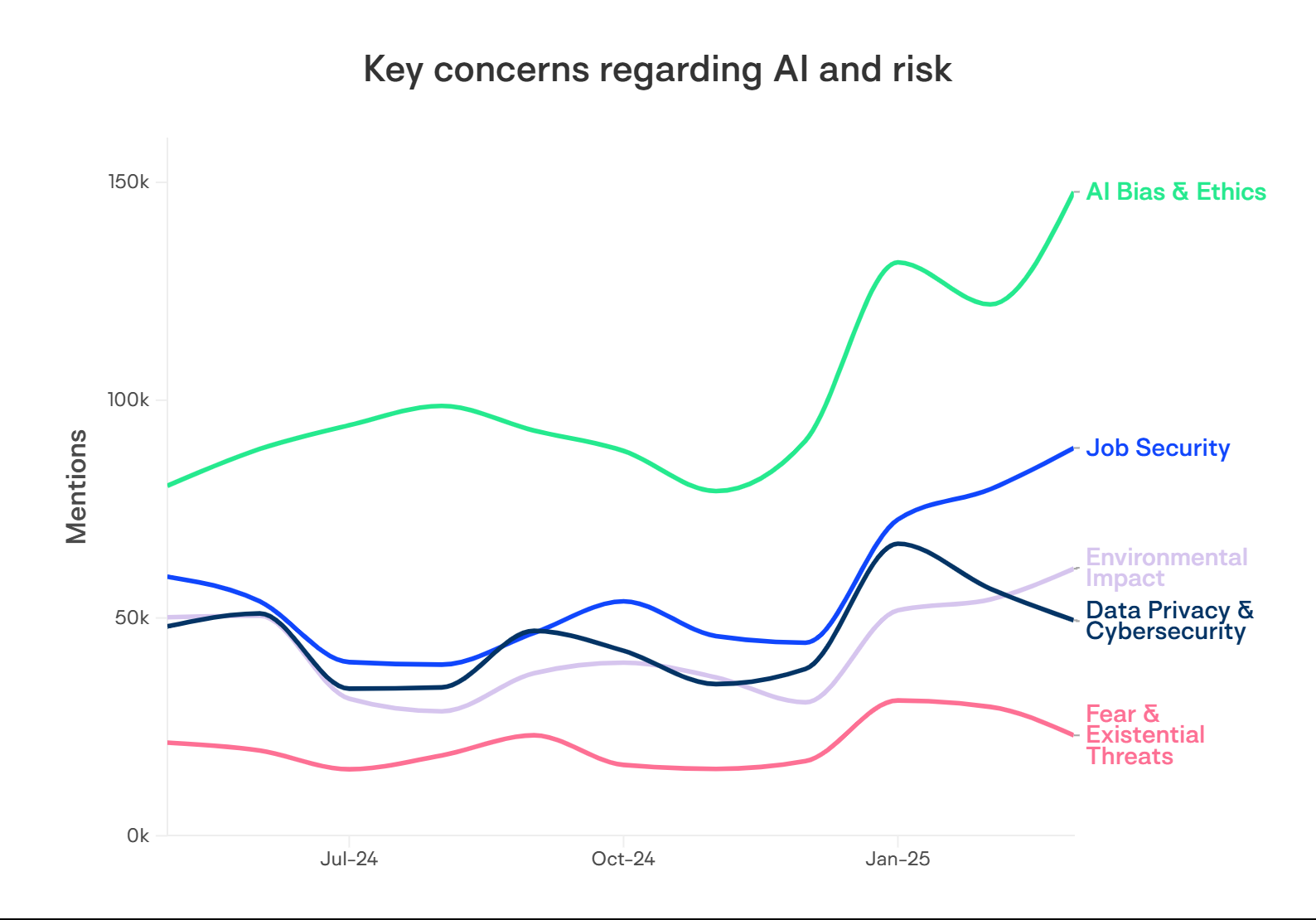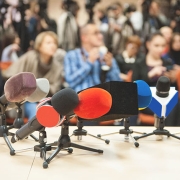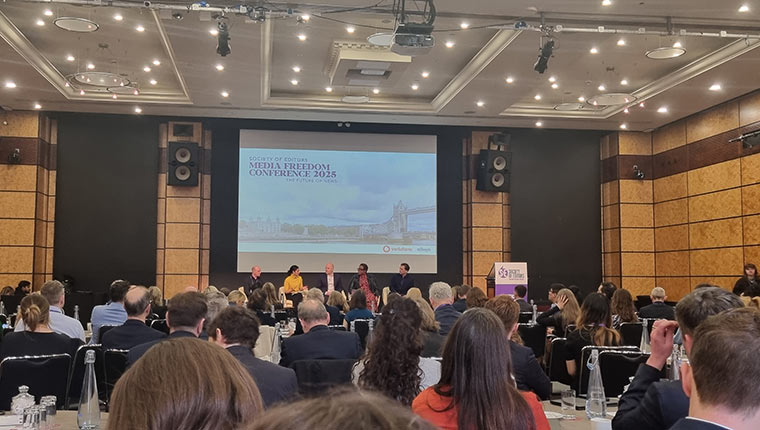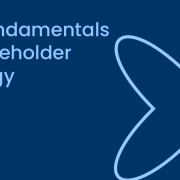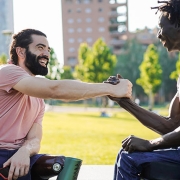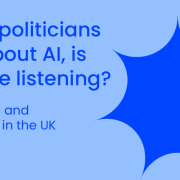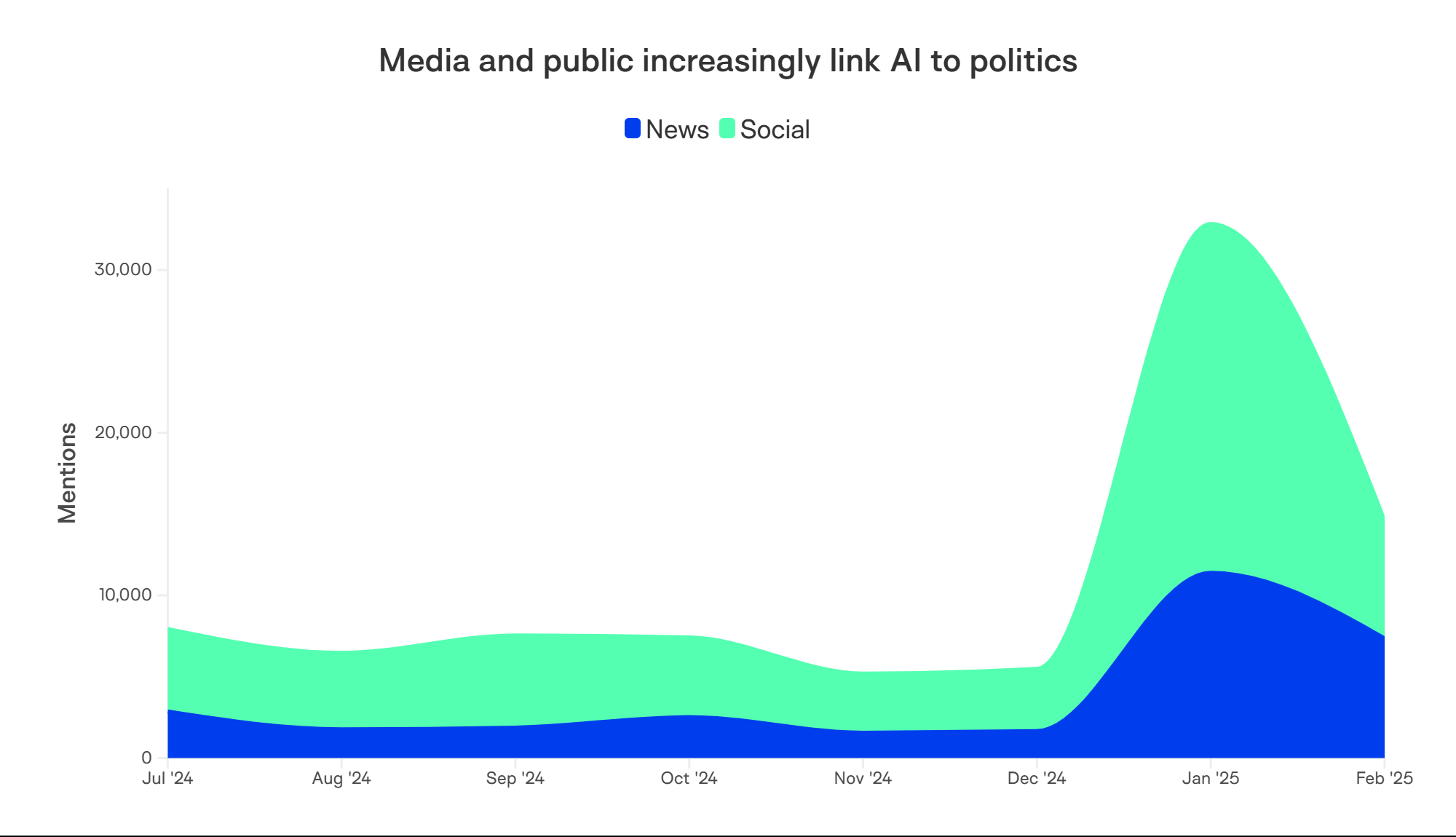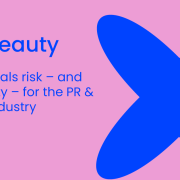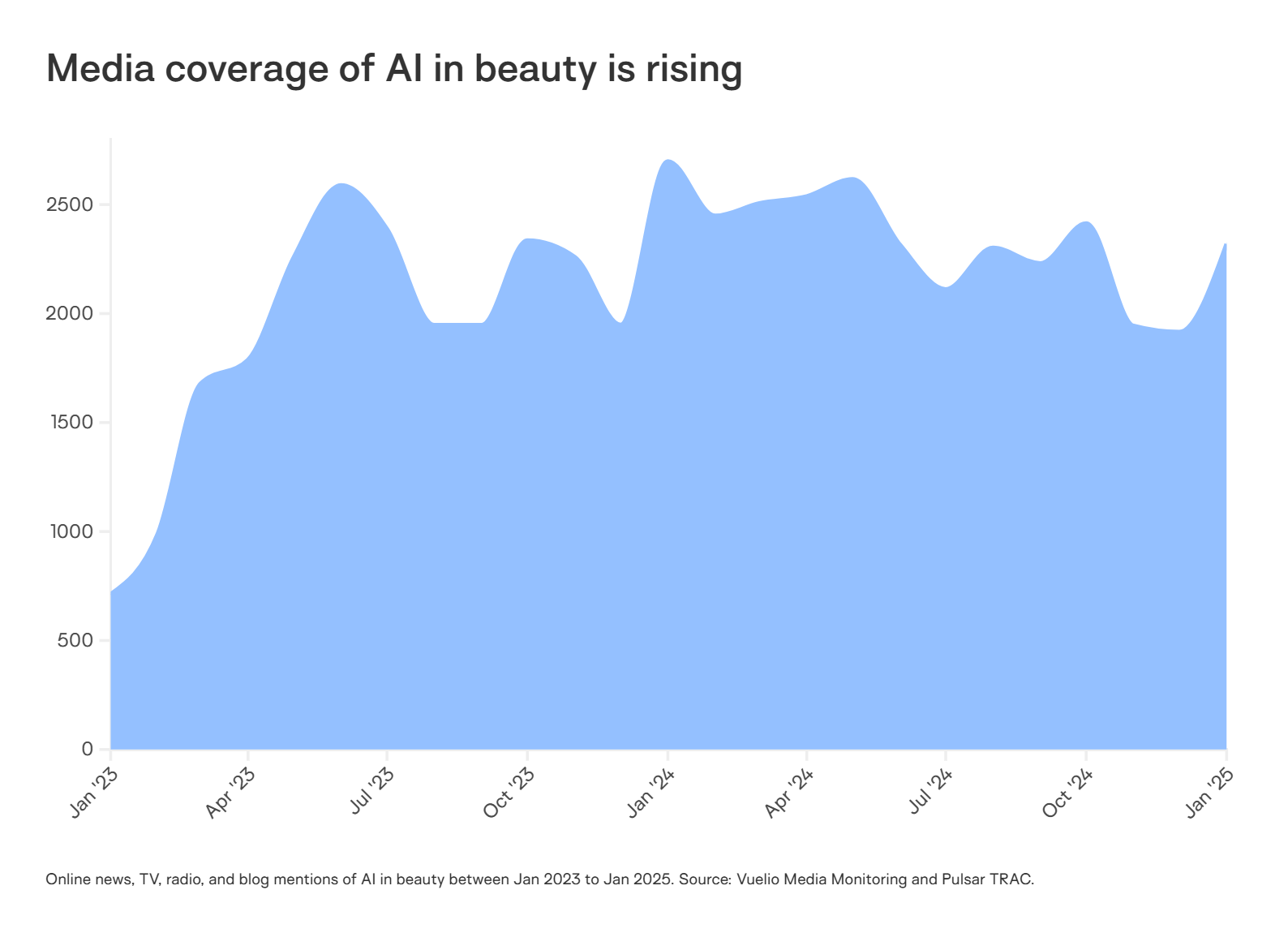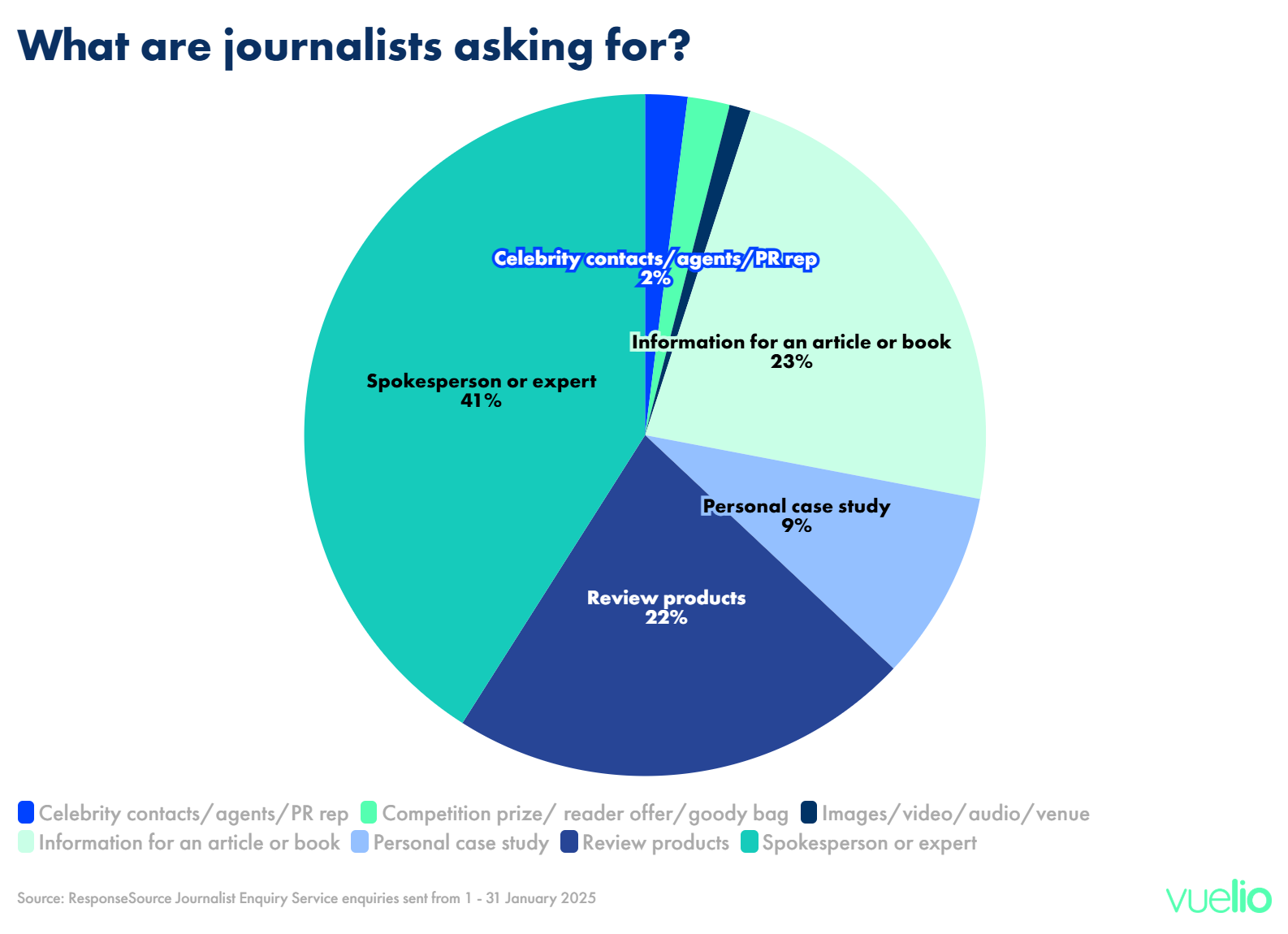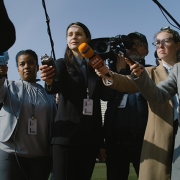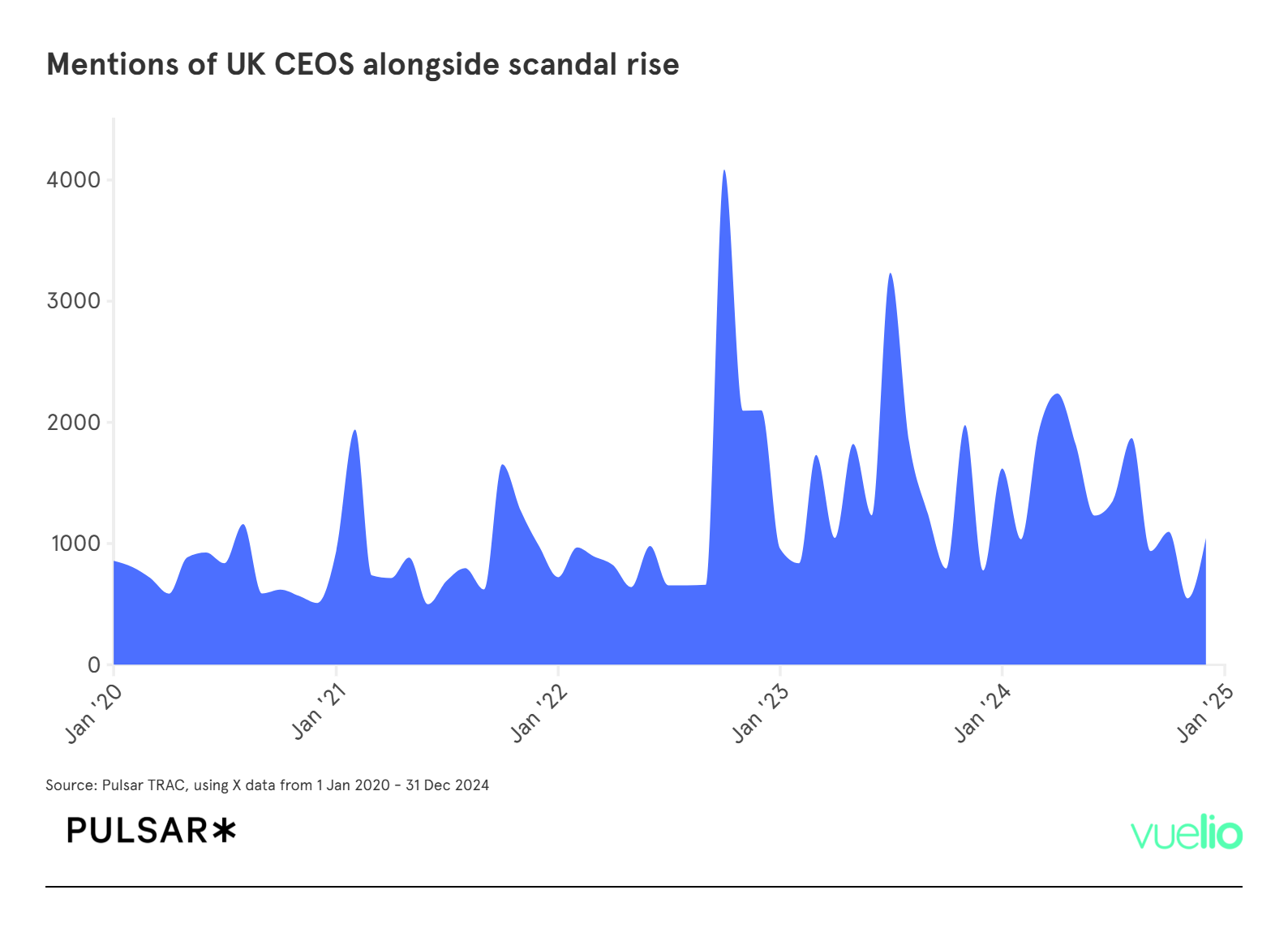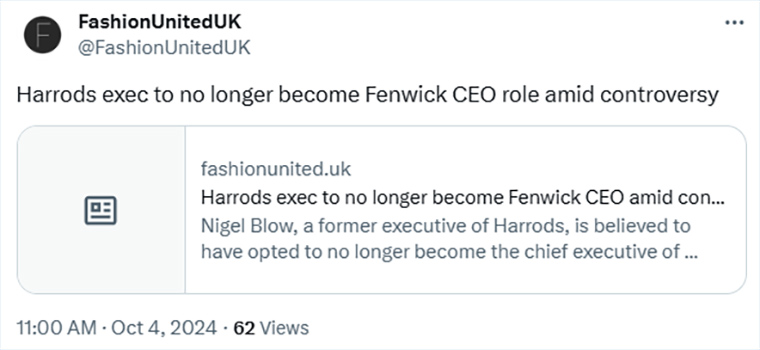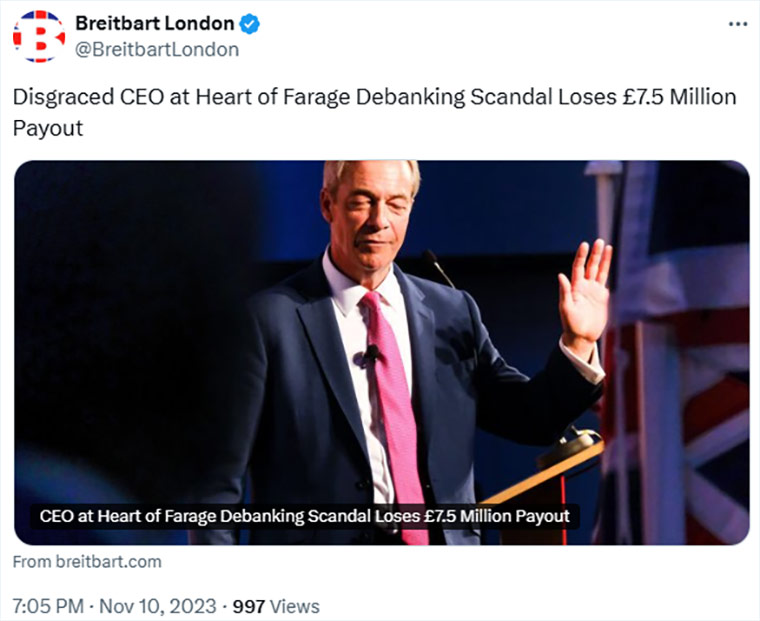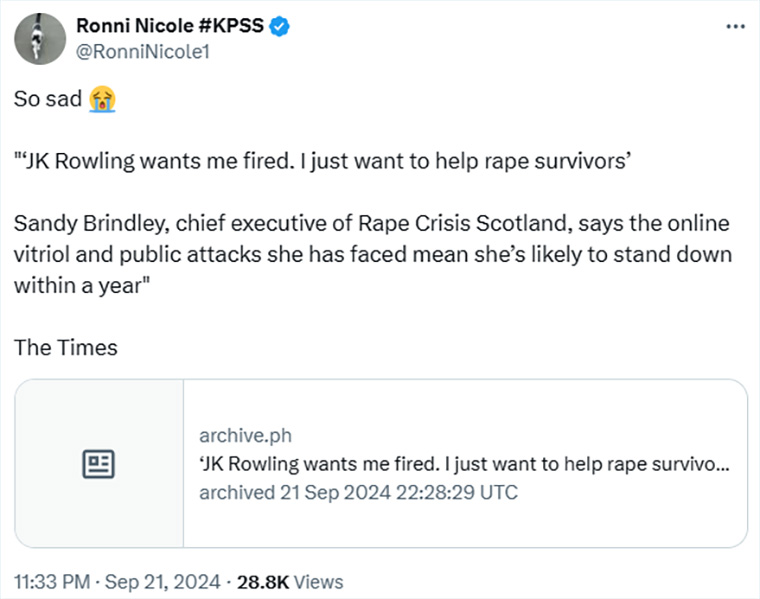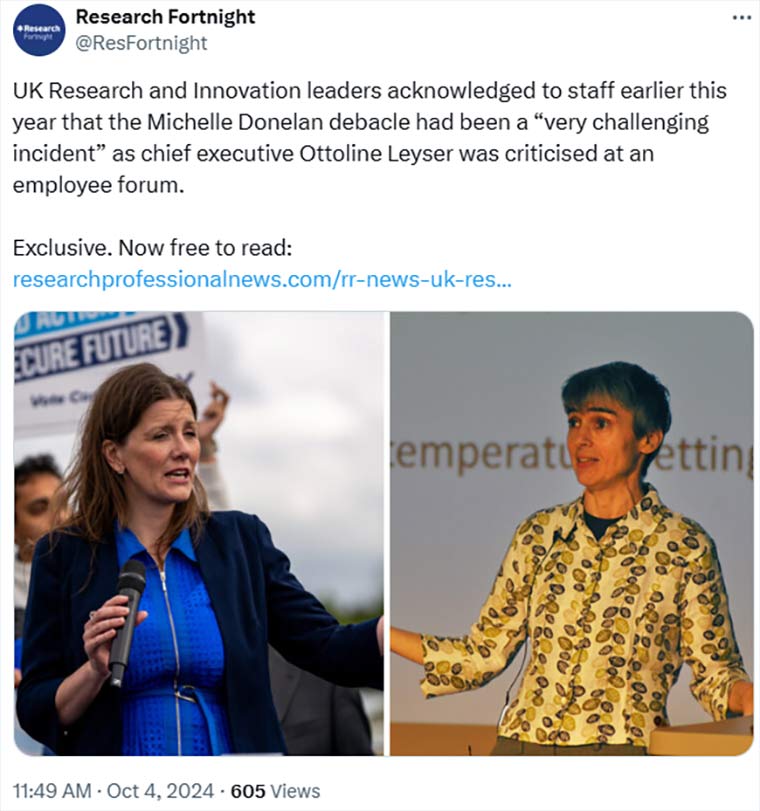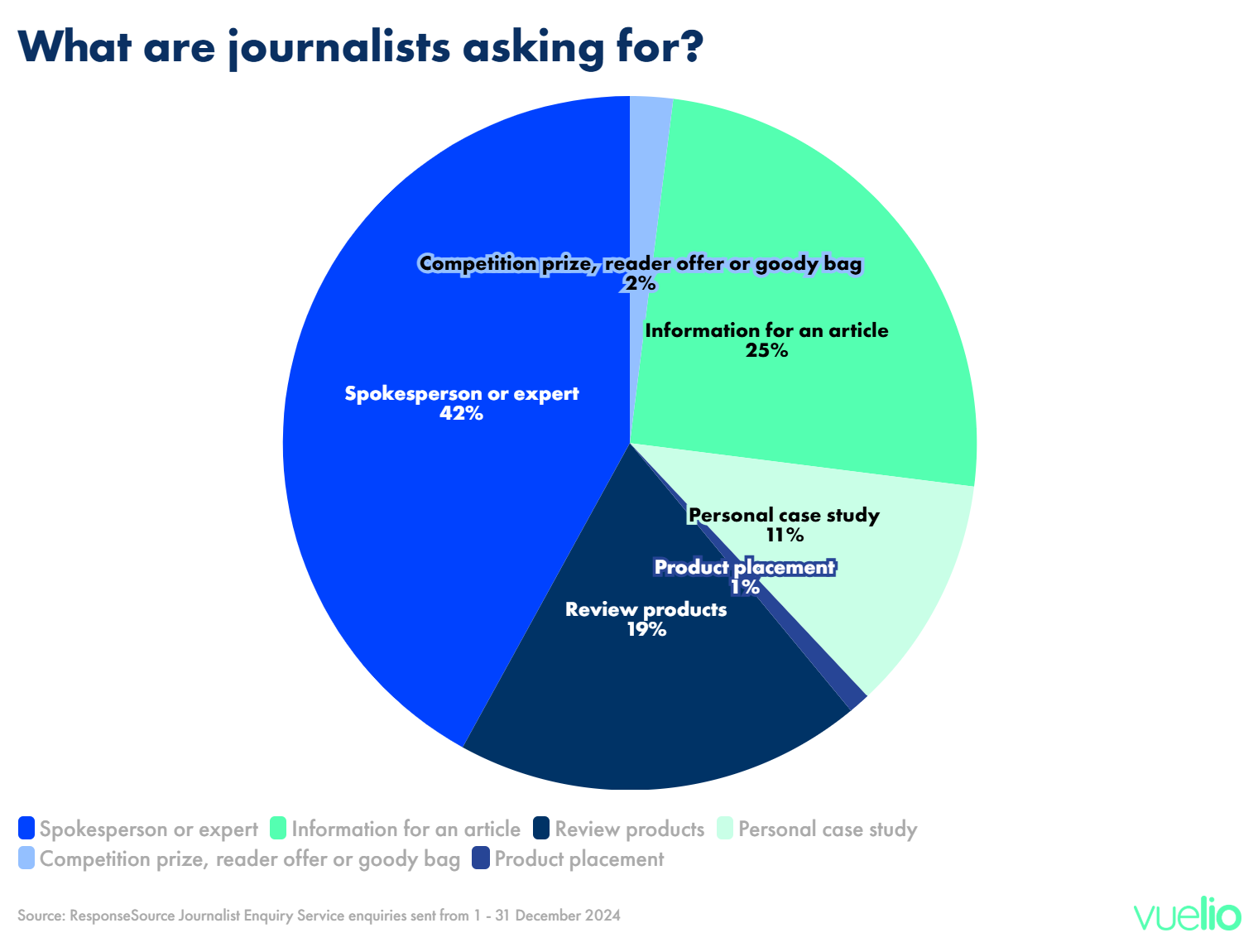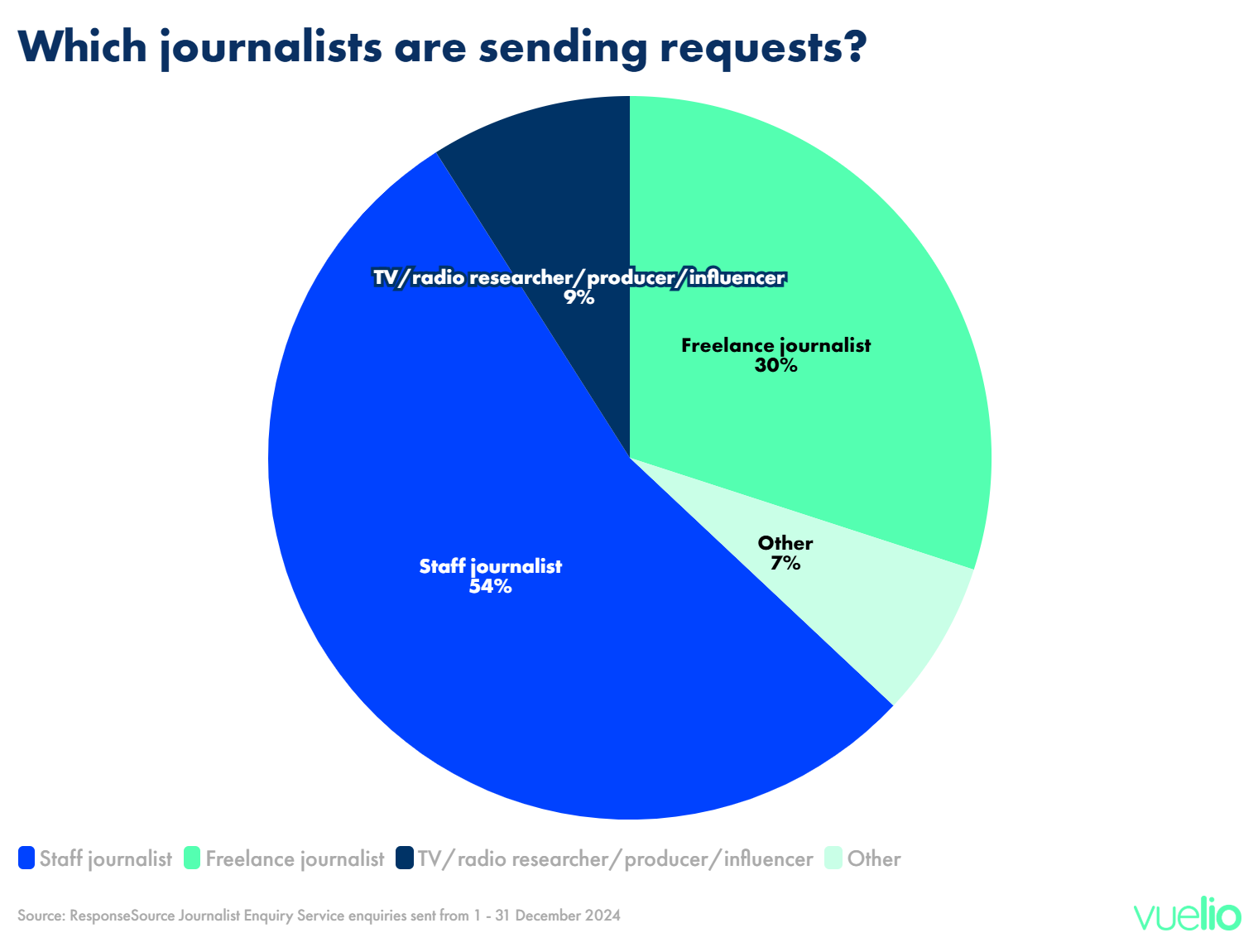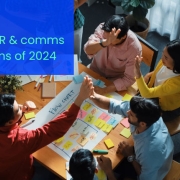Arguably 2025’s most prevalent topic in the world of journalism and communications is AI. Rapid advances in generative AI technologies are revolutionising how editors and media outlets boost creativity, while for PR teams an increase in efficiency has been a major shift.
To explain how the industries are changing and where they’re set to travel in future, former editor-in-chief of Maximum PC and tech, gaming, and AI journalist Guy Cocker shares his insights on the transformation of the journalism industry, where future challenges may come and how the PR/journalist relationship is evolving.
Having worked in consumer technology journalism for around 20 years, with time at outlets including CNET UK, Telegraph Media Group, BBC Radio 5, Sky News, and STUFF, what are the biggest tech innovations you’ve seen in this time?
I’ve been lucky enough to have had a front-row seat to some truly transformative tech innovations – the launch of the first iPhone, the electric car revolution, and the move from print to online, to name just a few. Here are what I consider the biggest game-changers:
The Smartphone Revolution
The arrival of the iPhone in 2007 was a watershed moment. It wasn’t just a phone; it was a pocket-sized computer that fundamentally changed how we communicate, consume information, and interact with the world. This has profoundly impacted journalism, providing new tools for reporting (mobile journalism or ‘mojo’) and altering how audiences consume news.
The Mobile Internet
The evolution of mobile networks from 2G to 5G has been crucial in unlocking the potential of smartphones and other connected devices. Always-on, high-speed internet access has enabled everything from instant messaging and social media to cloud-based services and the Internet of Things. For journalism, this has meant a shift towards digital-first strategies and the need for journalists to be multimedia storytellers. Plus, it has put news access in the hands of more people than ever.
Social Media’s Rise and Transformation of News
Platforms like Facebook, X, Instagram, and TikTok have not only changed social interactions but have also become significant sources of news and information. They’ve democratised content creation, allowing anyone to become a publisher, which presents both opportunities and challenges for traditional journalism in terms of audience attention and the spread of information (and misinformation).
Cloud Computing
Cloud computing has moved from a back-end technology to a fundamental infrastructure layer for much of the digital world. Services like AWS, Azure, and Google Cloud have enabled scalable and on-demand computing resources, impacting everything from streaming media to news websites and the tools journalists use for research and content creation.
AI
While AI has been around for decades, recent advancements in machine learning, particularly deep learning, have led to its integration into a wide array of applications. From recommendation algorithms and virtual assistants to image recognition and natural language processing, AI is beginning to transform various industries, including the journalism and communications space. I predict that AI will have just as disruptive an influence on journalism and content creation as the internet itself.
The integration of AI into the communications space is a more recent but rapidly evolving trend. I’m seeing its impact in several key areas:
Content Creation: AI tools can help generate initial drafts, suggest headlines, and even automate the creation of routine content like social media updates or basic news reports.
Personalised Communication: AI algorithms can analyse vast amounts of data to tailor news delivery and marketing messages to individual preferences, potentially leading to more engaging and relevant communication.
Sentiment Analysis and Media Monitoring: AI can be used to track public opinion on social media and analyse media coverage, providing valuable insights for PR professionals and journalists alike in understanding the impact of their communications.
Chatbots and Automated Customer Interaction: AI-powered chatbots are becoming increasingly sophisticated in handling customer queries and providing information, freeing up human communicators for more complex tasks.
Enhanced Media Analysis: AI tools can help journalists and PR professionals sift through large datasets of news articles, social media posts, and other information to identify trends, patterns, and key insights more efficiently than manual methods.
How has journalism changed over this time?
Journalism has undergone a monumental transformation, largely driven by the technological innovations we’ve discussed. Here are some of the key changes I’ve observed:
Print-Centric to Digital-First
The most significant shift has been the move away from traditional print media as the primary source of news. Online platforms now dominate news consumption, with audiences expecting instant access to information on their computers and mobile devices. This has forced news organisations to adopt ‘digital-first’ strategies, prioritising online content creation and distribution. Frankly, paying for a magazine or newspaper is now a niche activity in 2025.
The 24/7 News Cycle and the Demand for Immediacy
The internet and social media have created a 24/7 news cycle. News breaks and spreads in real-time, demanding that journalists work at a much faster pace. This has put pressure on newsrooms to deliver quickly, sometimes raising concerns about accuracy and thoroughness.
The Rise of Multimedia Storytelling
Digital platforms have enabled journalists to move beyond text-based reporting. Multimedia storytelling, incorporating video, audio, interactive graphics, and data visualisations, has become increasingly common and expected by audiences. Journalists now need a broader skillset to produce engaging content across various formats.
The Struggle for Revenue and New Business Models
The decline of advertising revenue has created significant financial challenges for traditional news organisations. The digital environment has made it difficult to monetise online content effectively, leading to experiments with paywalls, subscriptions, memberships, and other new business models. The search for sustainable revenue streams continues to be a major challenge, and now major publishers, like the one I most recently worked for in Future plc, are signing partnerships with companies like OpenAI in a desperate bid to stay relevant.
Data Journalism
The availability of vast amounts of data has led to the rise of data journalism. Journalists now use data analysis and visualisation techniques to uncover trends, patterns, and insights, providing deeper and more evidence-based reporting on complex issues.
In essence, journalism has transformed from a primarily one-way dissemination of information through traditional channels to a more dynamic, interactive, and multi-faceted ecosystem. Journalists today need to be adaptable, skilled in various digital tools and storytelling formats, and deeply committed to accuracy and ethics in a rapidly evolving media landscape. The integration of AI represents the latest chapter in this ongoing evolution.
What originally drew you to tech journalism and what keeps you in the industry?
I’ve always followed my passions, which have been technology, video games, and media in general. When I started, I wasn’t particularly happy in my business and IT degree, so I wrote to Virgin’s student website to ask if I could review games for them. I then finished my degree and applied for a staff writer role at a home cinema magazine, as it was something I was interested in, and a good foot in the door. I was lucky because a year later, CNET was launching in the UK and they were looking for someone who could write about televisions and audio. I leapt at the chance to move online.
What keeps me in the industry after all this time is a combination of factors: Technology never stands still, and there’s always a new trend, a groundbreaking gadget, or a disruptive innovation on the horizon. Technology has also moved from something people were once generally afraid of to something that has become ingrained in our everyday lives, to the point where most people couldn’t live without their smartphone.
Over the years, I’ve had the privilege of meeting and working with incredibly smart and passionate people, from fellow journalists and editors, to the innovators and entrepreneurs shaping the tech world, to the communications people that support this industry.
Is the excitement, and trepidation, around AI at the moment warranted – is it as life changing as it’s perceived and presented to be?
Yes, I believe the current excitement and trepidation surrounding AI are largely warranted. It’s not simply hype; the underlying technological advancements are substantial and point towards a future where AI plays an increasingly significant role in many aspects of our lives.
We’re already seeing AI move beyond theoretical concepts into practical applications with tangible results. From sophisticated language models like those powering chatbots to AI used in drug discovery, fraud detection, and personalised medicine, the technology is demonstrating its power to solve complex problems and enhance efficiency.
AI also holds immense potential to address some of humanity’s biggest challenges. This includes accelerating scientific research, improving healthcare diagnostics and treatment, optimising resource management to combat climate change, and creating more accessible tools for people with disabilities.
In terms of fears, AI looks set to drive significant economic growth by automating tasks, creating new industries, and augmenting human capabilities in the workplace. While there are concerns about job displacement, there will be new roles and increased productivity because of this. There are also serious ethical questions that look like they may not be being addressed around bias in algorithms, privacy, and data security, accountability for AI-driven decisions, and the potential for misuse. I worry we’ve not learned much from the damages caused by social media and that we may repeat these with AI.
What was your take on the recent ‘Make It Fair’ campaign regarding AI’s potential impacts on the creative industries?
Just today as I write this, I see that a major publisher in the tech space, Ziff Davis, is trying to sue OpenAI for using its content to train its algorithms without consent. These stories seem to be a regular occurrence, and the worrying trend is that AI companies seem to run roughshod over content creators, taking the work that cost them money to create without many repercussions from governments or lawmakers.
The recent ‘Make It Fair’ campaign reflects a deep-seated concern about the potential impact of generative AI on the livelihoods and rights of creators. My take on it is that the campaign’s core arguments are valid and highlight crucial issues that need serious consideration by policymakers.
The creative industries, which contribute significantly to the UK economy, rely heavily on copyright protection. Allowing the wholesale scraping of their work without any framework for licensing or remuneration could severely undermine their business models and the incentive to create.
The ‘Make It Fair’ campaign advocated for a balanced approach where AI development can continue while ensuring that creators are fairly rewarded for the use of their work in training these powerful tools. This aligns with the principle that those who contribute value should be compensated for it.
What has been the biggest worry for media brands when it comes to AI so far?
Copyright infringement and intellectual property rights. This concern stems from the way many AI models, particularly generative AI, are trained on vast datasets that often include copyrighted material without explicit permission or compensation to the creators. There are currently claims that Meta has used piracy-oriented websites to access copyrighted material in order to train their models, and that this was authorised at the highest levels. Again, there haven’t been any penalties around this, and with the UK looking to position itself as a leader in AI, it will be interesting to see how the government deals with this.
Content businesses have already seen the value of their property devalued by search engines and news aggregators that serve up their content outside of their own channels, limiting their ability to monetise it as a result. AI presents an even bigger existential threat – that their content will be absorbed into a giant model, where the end user may have no idea of the source of that information, let alone being able to pay for it.
What do you see as the biggest challenges that lie ahead for the industry?
Capturing and retaining audience attention is becoming increasingly difficult. Competition comes not just from other news outlets but also from social media, entertainment platforms, and a vast array of online content.
Monetising is also becoming more and more difficult. Traditional advertising models have been disrupted, and while subscriptions and paywalls have gained traction, they haven’t fully compensated for lost print revenue for many organisations. Exploring innovative monetisation strategies, such as micropayments, memberships, and leveraging data for personalised advertising, will be crucial.
Maintaining trust is also a challenge. Trust in traditional media has been eroded over the last decade, replaced by trust in content creators, social media users, and other sources that are easy to spread misinformation.
Training is another issue – the skills required for modern journalism are constantly evolving, demanding expertise in multimedia production, data analysis, social media engagement, and more. Attracting and retaining talent with these diverse skills, while also competing with tech companies and other industries, is a significant challenge for media organisations, especially given the financial pressures many face.
How has the PR and journalist relationship changed over the last 20 years?
The relationship between PR professionals and journalists has undergone a significant evolution over the past two decades. When I joined on a magazine, I was lucky enough to spend long Friday afternoon lunches with PRs as a regular occurrence – now, I can’t remember the last time I did that.
There are also lots of PRs I hear from regularly via email who I’ve never met in real life. I could do more to reach out to them, as I’m sure they would meet if I asked, but also it seems the norm to not even pick up the phone these days, let alone go out for a drink.
I notice anecdotally on the journalist side that younger writers also seem to have little interest in attending out-of-hours events, or again pick up their phone when it rings. The social element of the job was the bit I enjoyed the most when I started out, but I’d also say it was essential in building my network and developing my strongest connections which has served me well in my career.
I do get it from a PR perspective, though – there are now so many outlets and content creators to stay on top of. It was much simpler 20 years ago when it was five or six key journalists in your sector, all of whom you’d probably seen in the last couple of months. On the journalist side, there are now much more inauthentic or irrelevant pitches due to the sheer volume of communications they receive. PR professionals need to be more strategic, targeted, and understanding of the pressures journalists face to build and maintain effective relationships in this evolving landscape.
Are big tech conventions and events like CES still useful for journalists, or has the digital era lessened the importance of in-person events?
I ask myself the same thing every year. While I love going to CES, I don’t believe that the majority of the audience cares about the show, they just want to know about the cool new products and innovations there. On an industry level though, I believe it’s vital for annual events like these as it’s the Consumer Electronics industry’s moment to make the front page of the New York Times or the BBC, which then reaches people that have no idea there’s even a tech show called CES.
In-person events still hold significant value, overall, though. No amount of press releases or virtual briefings can replace physically interacting with a new product. Journalists can test features, assess build quality, and get a real feel for the innovation in a way that’s impossible remotely. It’s also a great place to meet contacts face-to-face, hang out with other journalists, and take the temperature of the industry at that point in time. I also love the timing of CES in that it’s the first work thing after Christmas, so it’s a great way to kick off the year. It’s also increasingly important to take video, which is easier to do at events.
In my area of tech, which is computing and video games, there are audiences that really do care about events like those and will actively search out coverage. This creates a buzz and drives traffic, which helps us capitalise on the heightened attention. It can be expensive to spend a week out of the office though, so in the recent past I’ve been dependant on manufacturers paying for me to fly out to CES, which isn’t ideal as it then compromises my coverage somewhat as I have to spend a lot of time attending that manufacturer’s briefings and demos.
What ‘old’ tech do you miss the most?
As much as I love modern gaming, I do of course sometimes miss the simplicity and immediacy of retro games and the consoles I used to play them on. Those games of course are still available on handheld gaming PCs and mobiles/tablets, but those old chunky plastic consoles and huge gamepads are things that I miss.
On a similar theme, I also miss tech that was durable and did one thing really well, like those old dedicated MP3 players you used to get before the iPod started to dominate. They’d be indestructible, had batteries that lasted forever, and just did one thing really well without the distractions of social media and notifications.
I think people are also sick of renting and not owning their content these days. Platforms like Disney+ and Netflix taking content down that they produced because it’s more financially beneficial for them to do so. Even content you bought through online stores now becoming inaccessible. Also the idea that there are so many online services to get content – it’s now so fragmented that it’s hard to stay on top of everything without spending £80+ a month on subscriptions. Tech was supposed to make our lives better and more simple, but sometimes it just does the opposite.
For more on the impacts of AI on the media and comms industries, download our latest Vuelio reports ‘AI in beauty: How it equals risk – and opportunity – for the PR & comms industry’ and ‘When politicians talk about AI, is anyone listening? Innovation and regulation in the UK’.
Need help with monitoring your media coverage across print, digital, broadcast, and more? Check out Vuelio Media Monitoring.
